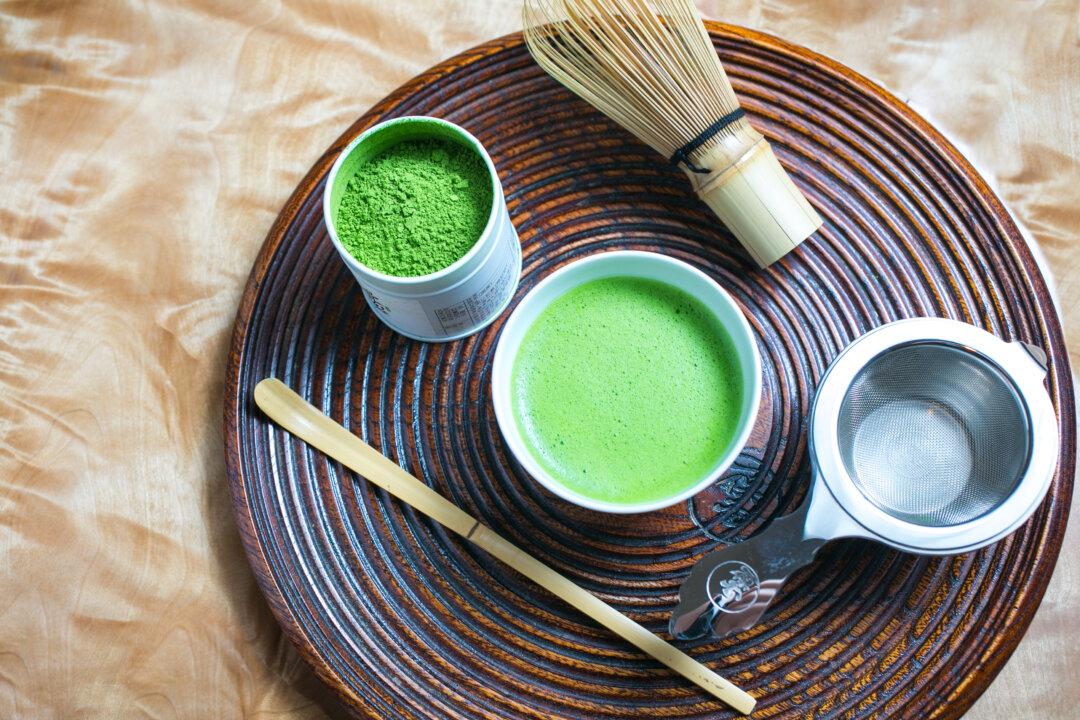Betty Oare made headlines last year when she and her horse, Sidenote, placed eighth in the Adult Hunter Championship at the Washington International Horse Show in Tyron, North Carolina.
Eighth place may not seem like great shakes. But Oare, who lives in Warrenton, Virginia, and spends two to three hours every day riding Sidenote, was 80 years old. She was competing against athletes young enough to be her grandchildren.






